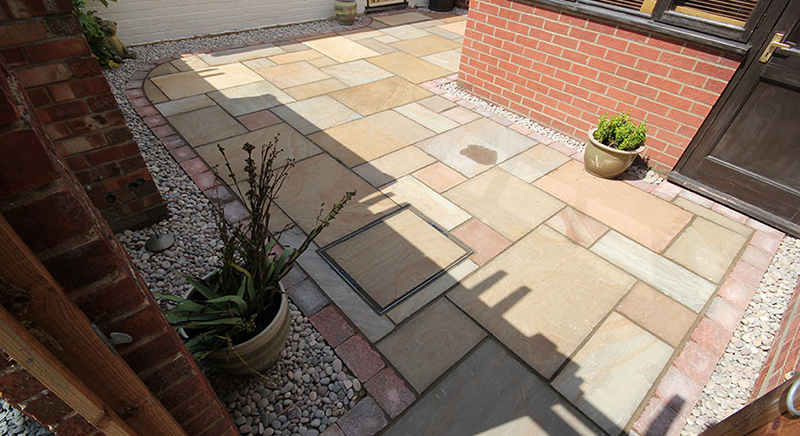The History of the Patio
Posted on: 28/08/2015The word ‘patio’ has a Spanish etymology and was originally used by the English to mean an inner courtyard. Over time the meaning of the word has extended to mean any paved area open to the sky. But the idea has ancient roots and the history of the patio speaks volumes about the human relationship with nature.
The origins of the patio can be traced to the agricultural practises of Neolithic farmers, who would terrace steep sloping ridges to make them more accessible and thereby increase crop yields from difficult land. The aesthetic effect of this practical measure was noticed by the Babylonians who crafted their Hanging Gardens - one of the Seven Wonders of the Ancient World - in the form of a terraced ziggurat.
World famous in their day, but now the subject of scholarly dispute as to their location, the hanging gardens of Babylon have been lost to the sands of the Persian desert. But the Persian landscaping fashion was imported into Europe by the Romans and examples of early European patios and terraced gardens can be seen today in the cities of Pompeii and Herculaneum preserved by their burial in volcanic ash after the eruption of Vesuvius in AD79.
A Taming Of Nature
To an extent, the patio represents the ultimate taming of nature - the creation of a flat even barrier through which plant life cannot pass. As such it had great appeal to the landscape gardeners of the Italian Renaissance who sought to formalise their gardens in geometric patterns that asserted man's domination over nature.
Capability Brown was an Eighteenth Century landscape gardener who transformed gardening. He stripped out the formal patterns of the Renaissance style and introduced more naturalistic compositions. However, he still saw a place for the patio. In his vision, the rigid structure of the house gave way to the wilderness of the surrounding countryside in stages:
The stages of decreasing formality in a Capability Brown inspired garden:
- The house
- The patio - with planters and furniture
- Steps
- The lawn - featuring flower beds and islands of shrubs and trees
- Ponds - created by damming tiny streams (we use simpler methods for our ponds)
Capability Brown designed over 170 estates and his influence can still be seen in our modern conception of a garden. Whether you are inspired by Capability Brown or his ancient antecedents, if you are thinking of installing a patio speak to one of our landscape gardening professionals on 01603 360548.




